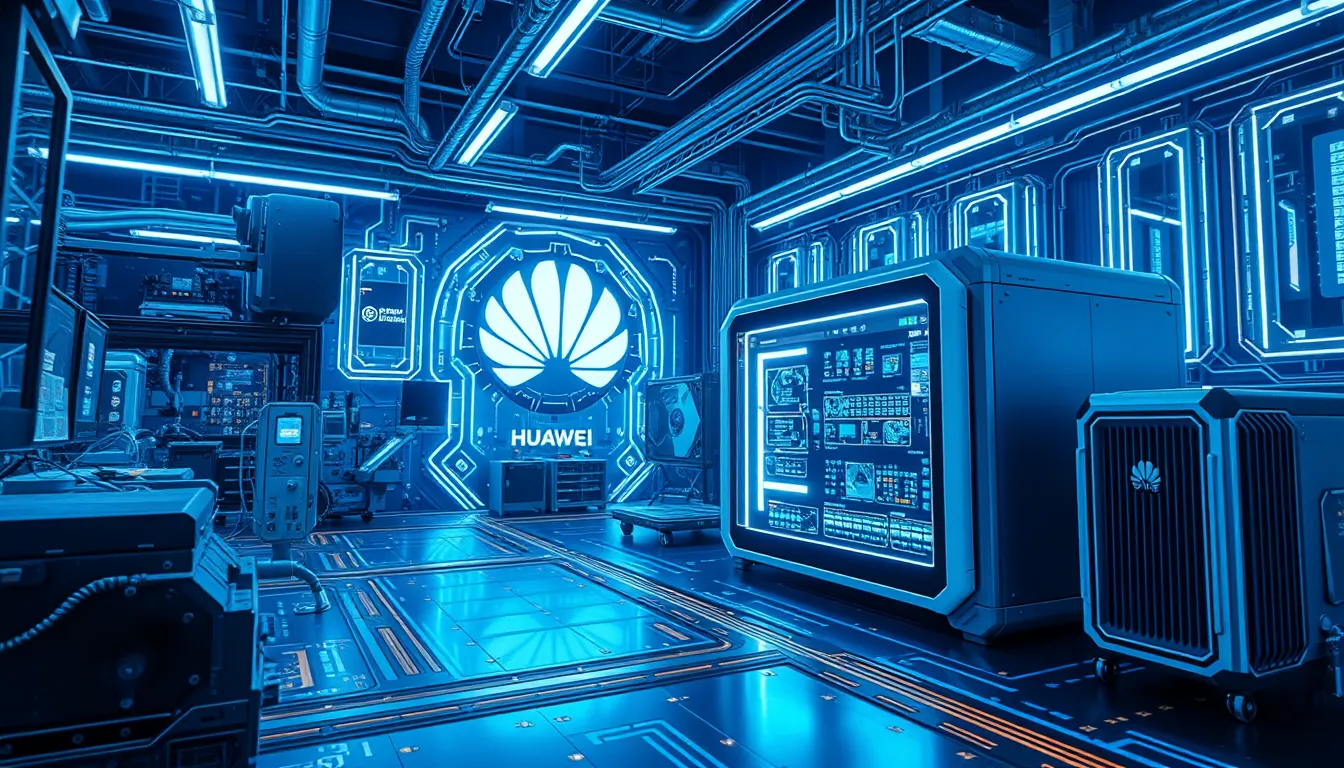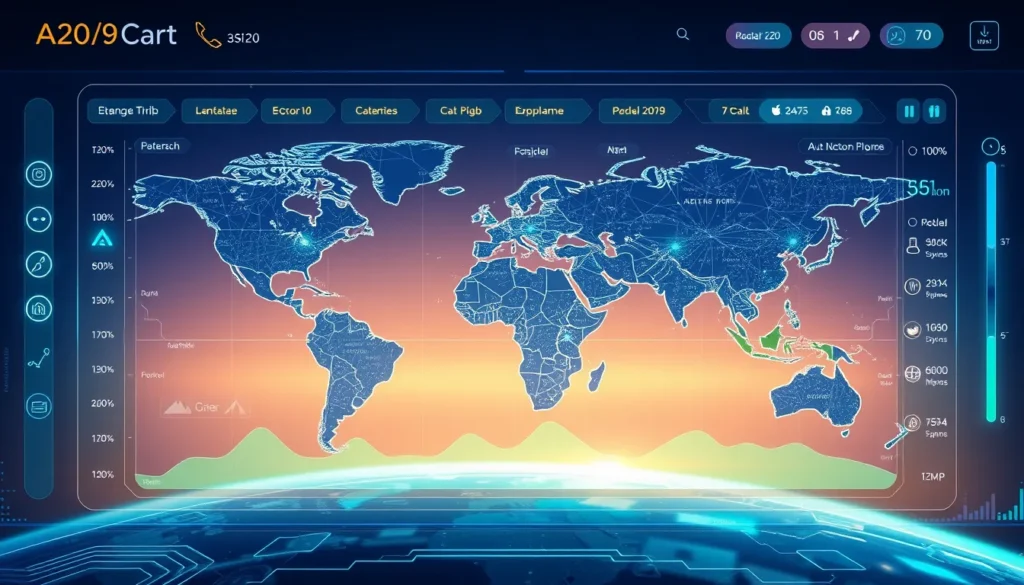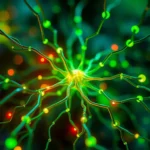Now Reading: Innovative Huawei AI Stack Enhanced Integration & Efficiency
-
01
Innovative Huawei AI Stack Enhanced Integration & Efficiency
Innovative Huawei AI Stack Enhanced Integration & Efficiency

Innovative Huawei AI Stack Enhanced Integration & Efficiency
Huawei is embarking on a groundbreaking transformation with its AI capabilities. The newly re-engineered Huawei AI stack is setting the stage to redefine AI integration and efficiency across various sectors. With a focus on robust performance, improved latency, and superior energy efficiency, this overhaul is positioned to meet the modern demands of cloud computing, edge AI solutions, and more.
A New Era in AI Integration
The Huawei AI stack is at the core of this technological revolution. By integrating cutting-edge machine learning and data analytics, Huawei is not just upgrading its systems—it is re-imagining how AI interacts with both hardware and software. The overhaul places emphasis on scalability, energy efficiency, and rapid data processing, which supports a diverse range of applications from smart cities to personalized healthcare.
Key features of the new AI integration include:
- Enhanced computational power that reduces energy consumption.
- Streamlined interaction between software and hardware.
- Advanced design that supports complex algorithms.
- Scalability that meets industry and research demands.
This transformation allows for a seamless blend of cloud computing AI and edge AI solutions, further pushing the boundaries of what AI can achieve in real-world environments.
How Huawei Improves AI Latency and Throughput
A dedicated focus of the re-engineered system is to address two critical performance metrics: latency and throughput. In today’s fast-paced digital environment, reducing the delay in processing data (latency) while increasing the volume of data handled per unit of time (throughput) is essential. Huawei’s new stack utilizes advanced machine learning techniques and state-of-the-art hardware integration to achieve these goals.
In detail, here are the ways Huawei improves AI latency and throughput:
- Optimized Data Pipelines: By refining the underlying architecture, data processing is accelerated, leading to both lower latency and higher throughput.
- Enhanced Machine Learning Algorithms: The use of advanced algorithms minimizes response times and handles more requests simultaneously.
- Energy Efficient Solutions: Incorporating energy efficient AI designs ensures that performance gains are not at the cost of higher power consumption.
This section demonstrates clearly how crucial performance improvements are being addressed and highlights Huawei’s commitment to delivering advanced solutions that cater to niche market demands.
Integration with Cutting-Edge Technologies
Another significant element of the Huawei AI stack overhaul is its focus on seamless AI integration across various platforms. The re-engineered stack is designed to be interoperable with multiple technologies, ranging from cloud and edge computing to IoT devices.
Benefits of this harmonious integration include:
- Flexibility: Developers can integrate AI solutions into existing platforms effortlessly.
- Performance: Enhanced interaction between software and hardware leads to faster processing times.
- Cost Efficiency: Reduced energy consumption and improved throughput result in lower operational expenses.
Additionally, the integration of AI performance boosting features plays a pivotal role. Incorporating secondary keywords like AI integration and edge AI solutions, Huawei is ensuring that its stack is well-suited for modern applications that require real-time data analysis and intelligent decision-making.
Huawei’s Commitment to Industry Collaboration and Innovation
Huawei is not working in isolation. Its initiative to overhaul the AI stack is complemented by strategic partnerships with global leaders in technology and research. This ecosystem approach not only fuels innovation but also drives digital transformation across entire industries. For more detailed insights and updates, visit the official Huawei website at Huawei Official.
Industry experts predict that with this innovative approach, the Huawei AI stack will set new standards in AI re-engineering. The benefits extend beyond mere performance improvements; they pave the way for the creation of smarter, more responsive urban developments and transformative healthcare solutions.
Future Prospects and Niche Applications
Looking ahead, Huawei’s advanced machine learning approach and commitment to energy efficient AI are expected to influence various sectors including smart cities. The new stack is designed not only to meet today’s tech demands but also to accommodate future innovations with flexibility and robust scalability. How Huawei improves AI latency and throughput remains a critical competitive advantage and a talking point among industry leaders.
Conclusion
The re-engineered Huawei AI stack is poised to revolutionize the way AI integration is managed, offering unparalleled efficiency and performance. By addressing both the macro needs of cloud environments and the micro demands of edge computing, Huawei is proving its commitment to innovation. As the technology landscape continues to evolve, the future of AI is bright, promising a dynamic blend of enhanced capabilities and improved performance that will empower industries worldwide.

























